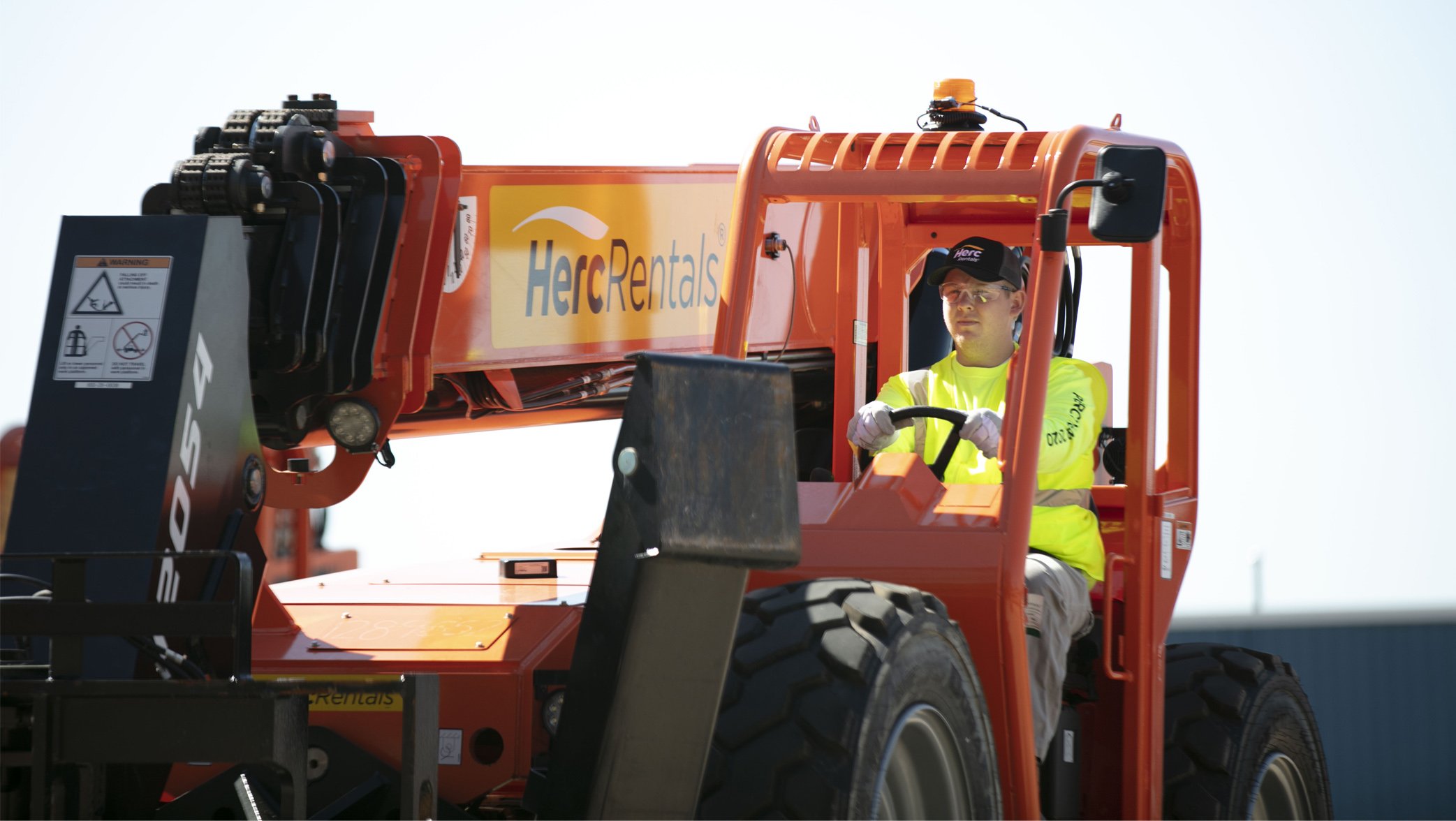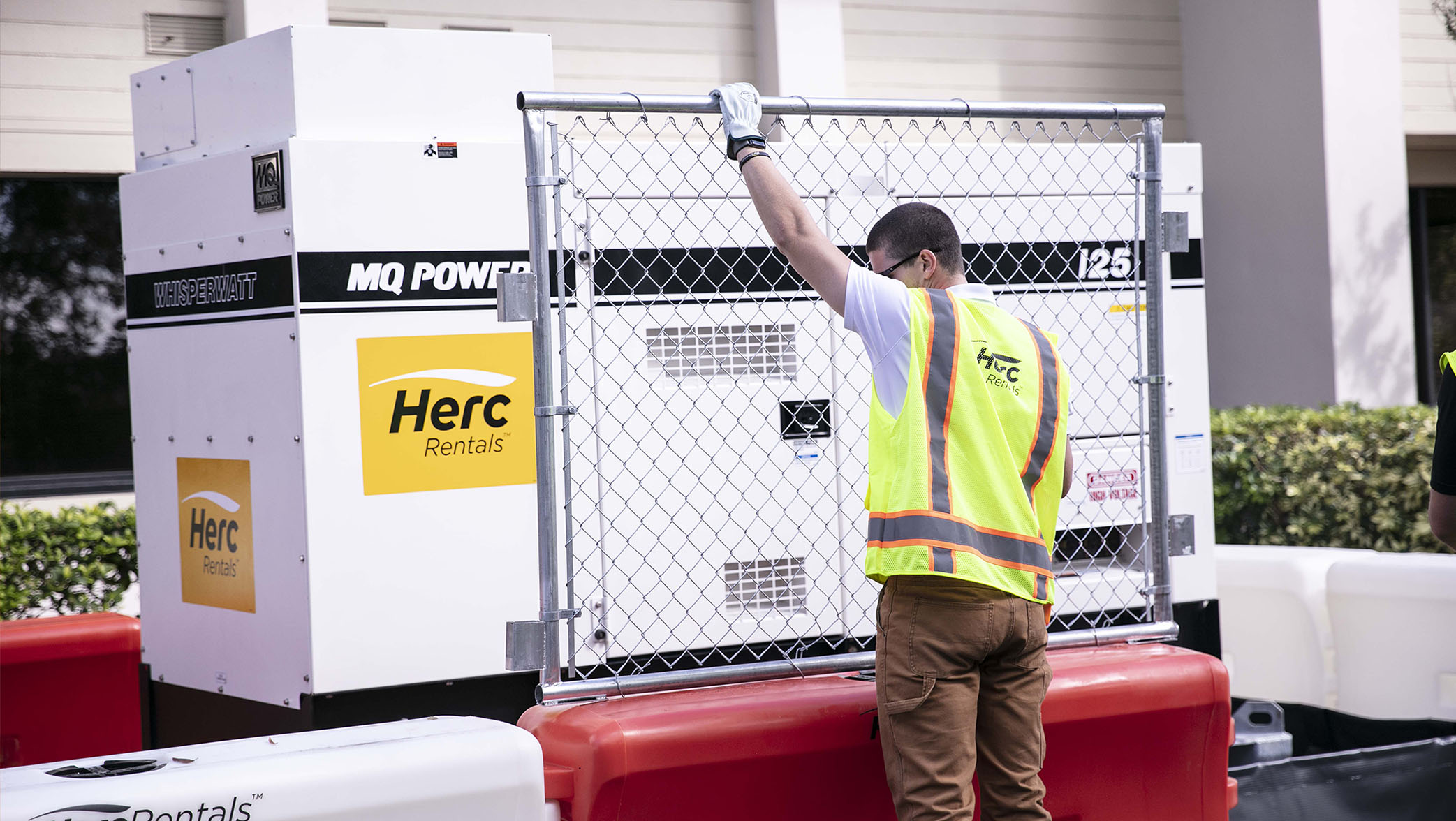Business owners know they have one chance to make an impression on new customers.
That first impression could be a demonstration of expertise, how a business owner or representative conducts themselves, and even personal appearances. Another area that demands attention when attempting to leave a positive and lasting impression is the condition and appearance of the place of business.
While the best business owners and managers want their building to look inviting to visitors — and have it clean and tidy indoors — one area that’s often overlooked is the property’s lawn and landscaping.
One easy way to ensure an eye-catching property is to have a lush, green lawn. This spring, take action and aerate your lawn. In addition to watering, fertilizing and treating your lawn with pesticides, aerating will keep grass healthy and disease free.
What Is Lawn Aeration?
Aeration is the process of exposing the soil to the air by removing plugs of dirt from the turf. This process is usually best conducted in the growing season, typically early spring. Once aerated, the empty plugs will allow water and nutrients to move through the soil and ultimately increase root strength to better withstand heat, drought, and improve the overall health of your lawn.
How to Know If Your Lawn Needs Aeration
While it is generally recommended to aerate lawns at least once a year, some lawns, depending on heavy use or neglect, may need to be aerated more frequently. The following are some questions to determine if your lawn needs to be aerated.
- Does your lawn get a lot of foot traffic? If so, the soil may be compacted and likely needs to be aerated more frequently than others. You can find out if your lawn is too compacted by removing a six-inch deep section of it. If grass roots extend one- to two-inches into the soil, your lawn should be aerated.
- Does your lawn appear to be dried out or have a spongy feel to it when you walk on it? If so, you may have a thatch problem. To find out if you do, get a shovel and remove a section of your lawn. If the thatch layer is more than a half-inch, you should aerate.
- Does the lawn have dense clay soil? If so, aerating is recommended.
Note: Lawns should not be aerated for at least one year after it’s been seeded or sodded.
How Aeration Helps Keep Your Lawn Healthy
- Improves water and nutrient penetration and boosts oxygen
- Builds stronger roots
- Improves absorption of water
- Builds topsoil layer underneath the grass
- Limits thatch growth
- Prevents fertilizer and pesticide runoff
DIY or Hire a Pro?
Aeration is hard work, especially if you have a large lawn. If you aerate your lawn yourself, here is some additional information you should know before getting started.
- Mow the lawn before watering and aerating
- Water thoroughly two days before you plan on aerating. Aerators work more effectively on loose soil. If the soil is too dry, the machine may not be as effective.
- Do not aerate after an extended rainfall. You want loose soil to fall back into the ground, not get stuck on the inside of the machine.
- Survey your lawn and mark sprinklers, cables, and any other “buried” obstacles
The Gear You Need
While some choose to aerate their lawns with aerator attachments on their shoes and handheld spike, automatic aerators available through equipment rental companies are becoming increasingly popular. These motor-driven machines remove small cylinders of soil approximately three inches deep and can cover up to 36,000 square-feet of lawn in an hour, making them far more effective and efficient than the manual spike aeration method.
ProTip: For best results, pass over your lawn in two or more directions. Your goal should be 20 to 40 holes per square foot.
You’re Done. Now What?
Once you’ve completed the aeration, leave the soil plugs on the lawn to decompose. The next time you mow, the plugs will break apart and eventually filter back into your lawn. Then fertilize, reseed where necessary, and watch as your lawn becomes the envy of everyone in the business park.
For additional lawn and landscaping needs, click here.


